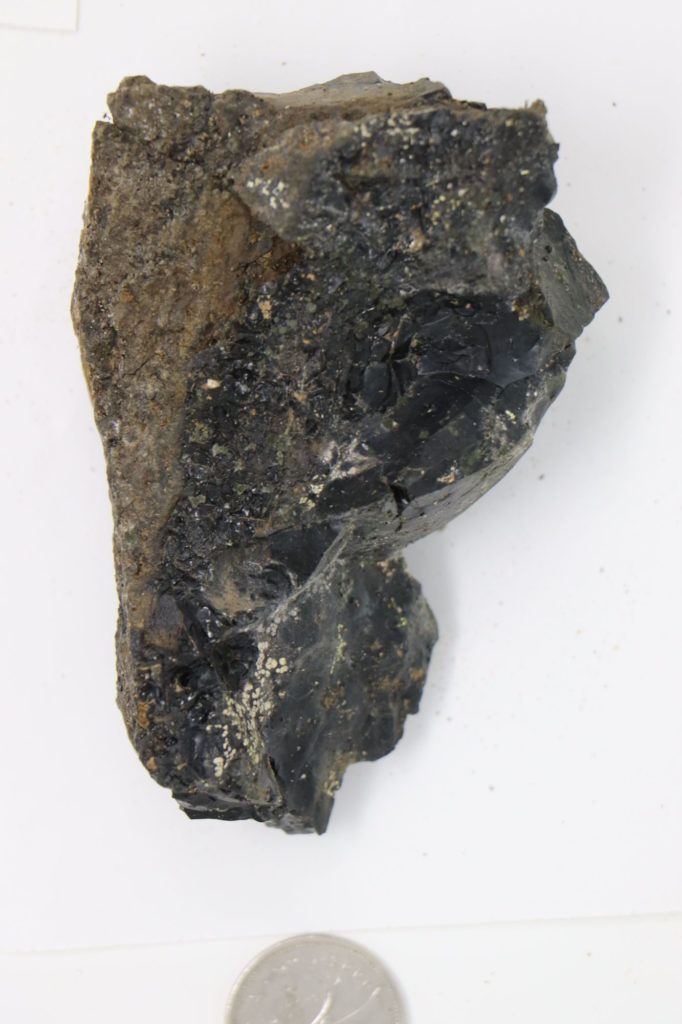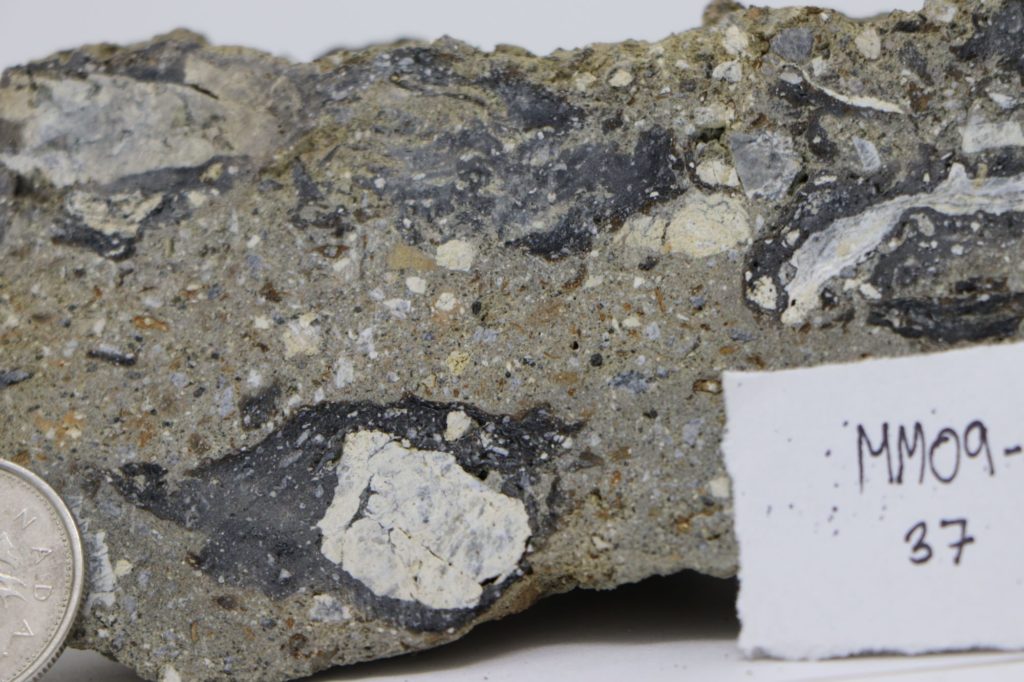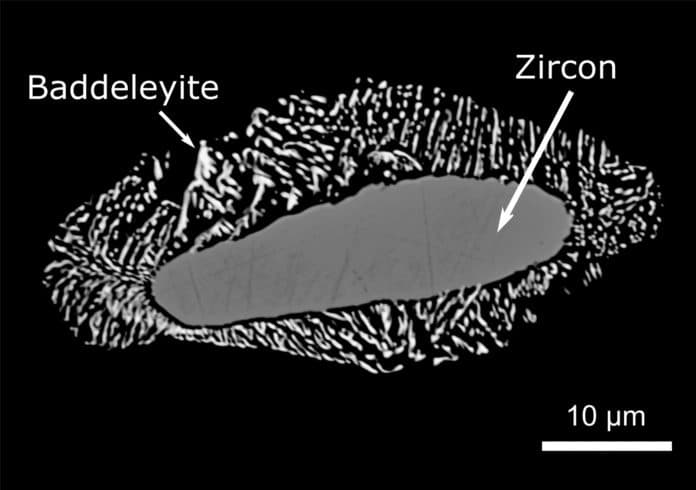Michael Zanetti, then a Ph.D. student, was researching with Osinski at the Mistastin Lake impact crater in Labrador in 2011 when he discovered a glass rock with microscopic zircon grains frozen inside it. That rock was later studied and found to have formed due to an asteroid impact. The rock was found to have a temperature of 2,370 degrees Celsius- the hottest rock on Earth.
A new study from a Western-led research team added further evidence, confirming the previous rock’s record-high temperature of 2,370 C. Scientists discovered four additional zircon grains – a hard mineral commonly known as a substitute for diamonds.
Scientists also discovered that the melt rock was differently superheated in more than one spot, to a larger degree than previously thought, in a different position within the same impact structure.
Earth sciences post-doctoral student Gavin Tolometti said, “The biggest implication is that we are getting a much better idea of how hot these impacts melt rocks are, which initially formed when the meteorite struck the surface, and it gives us a much better idea of the history of the melt and how it cooled in this particular crater.”
“It can also give us insight into studying the temperature and melts in other impact craters.”

“Most of the preserved evidence, such as glass and impact melt samples, were found close to the crater floor. By applying this knowledge to other impact craters, researchers might find more evidence of the temperature conditions found in other craters but less extensive studies.”
“We’re starting to realize that if we want to find evidence of temperatures this high, we need to look at specific regions instead of randomly selecting across an entire crater.”
Scientists also discovered reidite- a mineral formed when zircon undergoes high pressure and temperatures- at this site. This is the first time reidites have been found at this site. Scientists discovered three reidites- well preserved in the zircon grains- evidence that another two were once present but crystallized when temperatures exceeded 1,200 C. At that point, the reidite was no longer stable.
Scientists could better constrain pressure levels through this mineral, indicating that a peak pressure state of 30 to potentially above 40 gigapascals may have existed. These are the pressure conditions that existed when the meteorite collided with the Earth’s surface. The higher the pressure is, the closer something is to the impact event. Shocked minerals, which have been squeezed significantly by this process, leave behind structures that can be investigated.

Tolometti explained, “Considering how big the reidite was in our samples, we knew the minimum pressure it probably recorded was about 30 gigapascals. But since there are many reidites still present within some of these grains, we know that it could even be above 40 gigapascals.”
This gives a better picture of how much pressure was generated outside the melting zone when the meteorite collided with the ground. By default, pressures in the melting zone are above 100 gigapascals, a point where a rock will melt or vaporize if it is outside of those conditions.
Scientists are planning to conduct a study on other impact craters on Earth. Tolometti is also looking to expand this work and look at Apollo lunar samples brought back to Earth.
Tolometti said, “If we were to find evidence of microstructures in zircon grains or other grains in pressure conditions, we could get a much better idea of what impact cratering processes are like on the moon.”
“If we were to find evidence of microstructures in zircon grains or other grains in pressure conditions, we could get a much better idea of what impact cratering processes are like on the moon.”
Journal Reference:
- G. D. Tolometti et al. Hot rocks: Constraining the thermal conditions of the Mistastin Lake impact melt deposits using zircon grain microstructures. DOI: 10.1016/j.epsl.2022.117523
